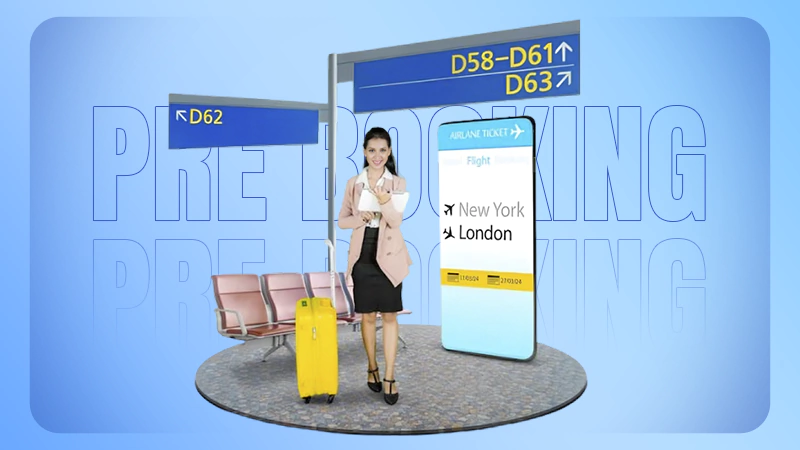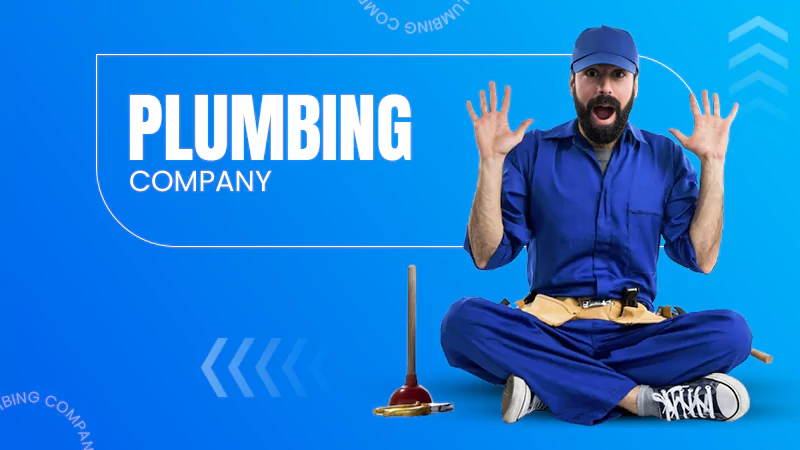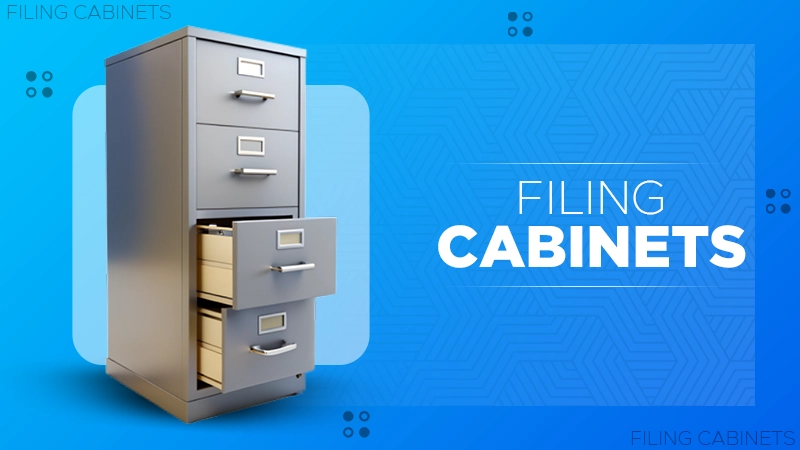Most Impactful Conclusion Slides to Give a Strong Ending to Your Presentation
Everything good must come to an end, but how? As your presentation comes to a conclusion, how should you wrap it up so that it goes out with a boom rather than a fizzle?
Presentations are intended to make an impression on the audience. And the majority of us spend a significant amount of time hammering out the content of our presentations.
However, we frequently overlook our conclusions or rely on hackneyed methods to conclude presentations, which do not provide the audience with a feeling of closure and leave them unsatisfied.
A solid conclusion will typically guarantee that your audience remembers the essential takeaways from your content since, at the end of the day, your audience is significantly more likely to recall the key points and your summarized version than the complete presentation.
You can browse SlideUpLift’s whole collection of free PowerPoint templates, and Google Slides templates to choose one that is ideal for your professional requirements. All of their templates are professionally created, aesthetically interesting, and effective, so you don’t have to worry about generating a memorable and impactful design from the start!
If your conclusion falls flat or is completely absent, you have squandered an opportunity to leave an impression.
In this blog, we will discuss the best practices for using conclusion slides, as well as how they can be made more successful and impactful to end your presentation in a professional and compelling manner.
- Read This Also: Top 6 Tools to Make Video Presentation [Updated 2021]
Ending With a Question Prompt
Sometimes presentation content is designed in such a way that the presenter must first go through the information before allowing for interactions; this is especially true when the audience is big and taking questions during the presentation can be quite disruptive.
In this case, the conclusion slide should tie concepts together in a way that encourages questions and discussions.
A recap of ideas to remind people of the content and a call out for questions, inquiries, and comments on your final slide, stimulating interaction and involvement from your audience, are two effective ways to use these closing slides.
This is also a wonderful feedback method since it reveals whether your audience comprehended your presentation and cared enough about it to interact with it at the conclusion.
Ending With a Call to Action
A call-to-action at the end of your presentation is one of the finest methods to ensure a memorable presentation. This might be as easy as joining up for an email list or newsletter to stay up to date on the company’s activities.
Alternatively, it may be an active call to action to support your projects or products by acting as de-facto advocates of the same.
In any case, having a conclusion slide that directly specifies the intended action from the audience is more likely to engage them with your ideas and content, resulting in a presentation that has a far-reaching influence through its inspiring and participatory involvement of the audience.
Ending While Leaving an Emotional Impression on the Audience
Depending on the emotional tone of your presentation persona or even the general subtext, you might use the concluding chance to leave the audience with a feeling.
Enough research indicates that memories are highly related to emotions. If you want your presentation to survive the test of time and be remembered, take a risk and attempt to tickle their funny bone, pique their interest, inspire them, and make them hopeful.
Using emotions to end your presentation produces a lasting effect on your audience. So, consider the feeling you want to elicit in your audience and design your thank you slides appropriately.
Ending with Brand Reacquainting
If you want your audience to remember your brand after it’s over, you may do it discreetly with a feedback or contact option.
This comprises urging people to contact your business for feedback, questions, comments, or concerns via particular channels of communication, such as your company’s website, social media accounts, and email, which can be highlighted in the conclusion slide.
You may also just close your presentation with thank you slides that include your brand’s distinctive iconography — logo, tagline, and vision.
This serves as the closing picture of your presentation for the audience and is an excellent technique to establish your brand’s identity among a group of individuals.
1. Thank You Slides Containing Your Brand Identity and Iconography
To leave the audience with your identity at the end, add elegant brand graphics and visuals to the conclusion slide. Complement the presentation with important statements and core positioning linked with the company.
2. Thank You Slides Containing Contact Details
A simple yet effective strategy for increasing the value of your final slide. By posting your contact information, such as email, phone number, and address, you provide channels of communication between you and your audience and demonstrate to them that you are eager to connect with them at any time.
It is an excellent method to express your appreciation while also inviting more feedback and partnerships following your presentation.
3. Thank You Slides Containing Guestbook Link
If your presentation is for a product launch or to promote your services to your audience, a wonderful approach to end is with a Guestbook link, which may collect audience information for your mailing lists.
In this manner, you are establishing a route via which you can individually interact with this audience, so broadening your potential consumer base.
Wrapping It Up
It is critical for a presenter to conclude their presentation on a high note. After all, it is intended to provide the audience with a sense of closure and to leave them with a lasting impression of your messages.
So don’t squander your last slide on anything as insignificant as “Thank you” or “Questions?”
You’re capable of much more! Your presentation’s conclusion will be polished, and your audience will love it.











